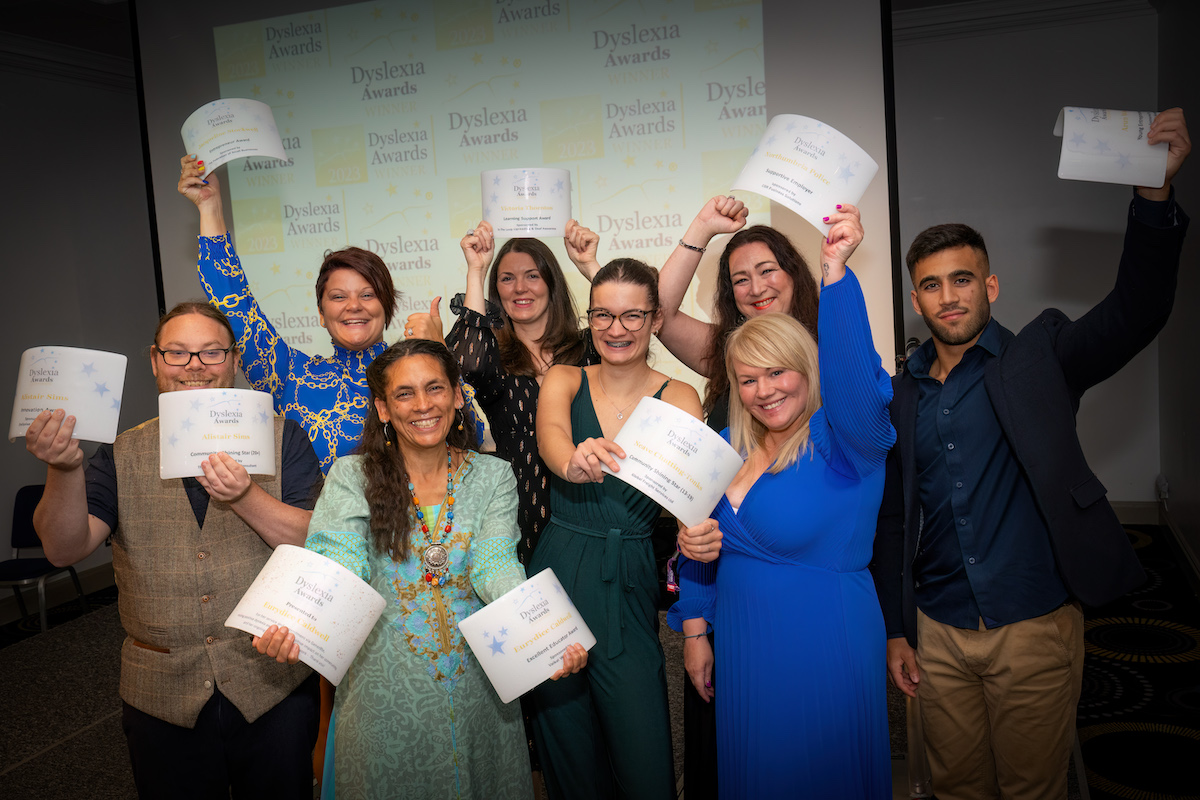International Day of Women and Girls in Science 2023

This Saturday marked the International Day of Women and Girls in Science. Now in its eighth year, the day serves to bridge the gap between women and the world of STEM.
Unfortunately, this day is no less relevant than the day it was first incepted. Men and women are still not equally represented in science and technology fields. A study published in PNAS in 2020 compared gender inequality across 83 countries and 13 disciplines. The results demonstrated that women were underrepresented in academic papers across the board (73% male and 27% female, across disciplines and countries), but in STEM disciplines the statistics were even lower – Engineering with 18% female authors, and Physics and Mathematics with 15%.
So, looking forward, what more can be done to stop this inequality and welcome women into the world of STEM?
Starting in school
One of the greatest issues we face encouraging women into a career in STEM, is that by the time it comes to entering the workforce, much of the damage has already been done. Women face discrimination and bias from a very early age which discourages them from picking STEM subjects at GCSE, A-Level or degree.
Caroline Mantle Strategic Alliance Manager, Six Degrees, explains, “Diversifying the workforce in STEM is now a topic of much needed discussion, with many organisations making a concerted effort to increase the gender balance through various schemes and outreaches. ‘Returnship’ programmes that specifically help reignite the careers of women returning to roles in STEM are a great example of this progress.
“However, a crucial element of this mission is still lacking. We need more girls at school level interested in pursuing STEM subjects at a more advanced level. Currently only 35% of STEM students in higher education in the UK are women. While organisations reflect on how they are facilitating success for the women already in their workforces, they should also be turning their focus to establish how they can support local schools and students to encourage them to continue with STEM learning and consider a career in technology”.
Agata Nowakowska, Area Vice President EMEA at Skillsoft, furthers this, “with over a quarter of female students saying they’ve been put off a career in technology as it’s too male-dominated, schools need to challenge this perception by offering female students opportunities to learn to code, build websites or use robotic toys. Businesses can help supplement these initiatives by showcasing female role models, organising technology-related events and work experience opportunities. With technology evolving at pace, and the skills crisis threatening future economic growth, investing in girls in STEM will enable organisations to open up a crucial talent pool. We must do more to encourage inclusion.”
Entering the workplace
Once women have been encouraged to participate in STEM subjects during their schooling, the next challenge will be to get them into the workforce.
“Awareness and sensitivity to the gender gap issue is greater than ever. But there is still so much more to be done to change the industry’s culture, to close this gap and encourage more women into high tech jobs,” says Caroline Seymour, VP of Product Marketing, Zerto, a Hewlett Packard Enterprise company. “Employers should make sure that they understand gender-balance data in their company, create gender-neutral job descriptions, ensure women are part of the interviewing team, ensure that interview rounds include diverse candidates, conduct regular pay equity reviews to attract and retain candidates, offer mentorship and advancement programs and lastly regularly evaluate hiring and promotion processes to eliminate bias.
“I have worked in the sector my whole career and its constant evolution continues to fascinate me. There were very few women in tech when I began my career, and while this has certainly increased over the years, sadly, it is still predominantly a male-dominated industry. There is most definitely a huge opportunity here for women, especially within the engineering, software, cybersecurity, cloud, and AI sectors”.











Responses